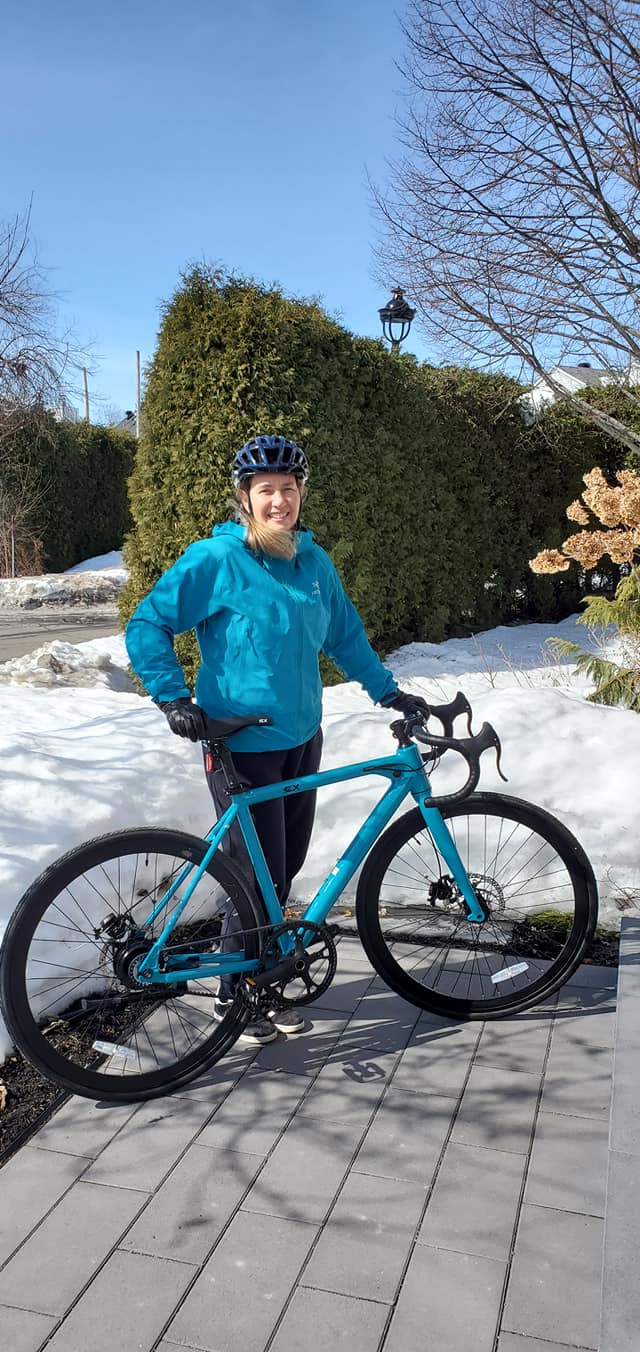Just because the weather is turning doesn’t mean you need to put your bike away for the season. If you dress properly, and learn how to handle your eBike in wet conditions, you can ride all winter long!
Some of you may already be experienced with riding in extreme winter conditions, but for those who are new— here are some helpful tips that will help you get started.

Location
Riding in urban areas with paved roads is best for winter riding since the terrain will be more predictable and have the most clear/straight forward path. However, if you’re itchin’ to hit the trails, it’s highly recommended you stick with technical trails that have plenty of rocks, roots and proper drainage. Avoid trails with a lot of "peanut butter" mud.
While riding on wet or snowy terrain is safe for your eBike, going for a ride while it’s snowing/raining is a bit more tricky as the electrical components are at a higher risk of getting wet and potentially damaged. It’s best to wait it out and ride once the weather has stopped.
For those who live in an area with a lot of thick clay mud (or those who prefer to stay indoors for the season), click here for some eBike winter storage tips!

Gear
When riding in colder weather, layers will be your best friend! As the age old advice says, “Never dress for the first mile. You’ll naturally warm up as you ride, so it’s important to be prepared for both warm up and cool down periods.
Here is a list of gear that we recommend having with you during your winter rides:
- Thin hat/beanie, or thermal layer that fits nicely under your helmet
- Neck gator
-
Waterproof jacket/shorts/pants to keep you dry
(High visibility/reflective clothing highly recommended as other motorists on the road won’t be able to see you as well either). - Riding gloves or split finger mittens to keep your fingers warm and functional
- Goggles or riding glasses to maintain visibility while riding
- Wool or weatherproof socks
- Weatherproof panniers or bags to store your gear in and keep it dry

You’ll need to winterize your eBike as well! Here are some tips/accessories that will have you ready for anything:
- Fenders to prevent any extra splatter from getting on you/your eBike
- Lower your tire pressure by about 1-2psi for increased contact with the ground
- Grab some studded winter tires or, DIY your own with zip ties
- Front and rear lights on the bike
- Spoke reflectors/reflector decals to maximize visibility to other motorists
- (Optional) Use an an anti rust spray to protect your spokes, chain, brake cables and any other parts that are at a high risk of rust damage

Riding
The winter season certainly doesn’t make for optimal riding conditions, so don’t use this time to show boat or do your hardest riding. Safety is important, so make sure you take it easy and slow no matter how experienced you are. If you’re totally new to riding during more turbulent conditions, start with slower, shorter rides and get your bearings.
In general, your eBike won't perform the same during the winter weather as it does during the summer months. For example, hub motors are more likely to get bogged down in snow compared to mid drive motors, and fat tires will be able to handle the snowy terrain much better than slim road tires.
Your eBike components such as your battery, motor and brakes will also perform differently than they do over the summer. Brakes don’t have the same stopping power when wet vs. dry, so remember to brake soon and brake lightly.
Batteries are also affected by drops in temperature, so you should expect your average range to drop by about 10% - 15%. Plan your rides accordingly so you don’t get stuck out in the cold with a dead battery.

When you're done: be sure to use a dry cloth or compressed air to clean any water/snow/dirt off your bike and all components immediately after every ride. *Exercise caution around electrical components. If possible, remove the battery from your bike once completely dry and follow the proper storage tips outlined below:






Share:
We heard you loud and clear!
Buy FLX with Crypto